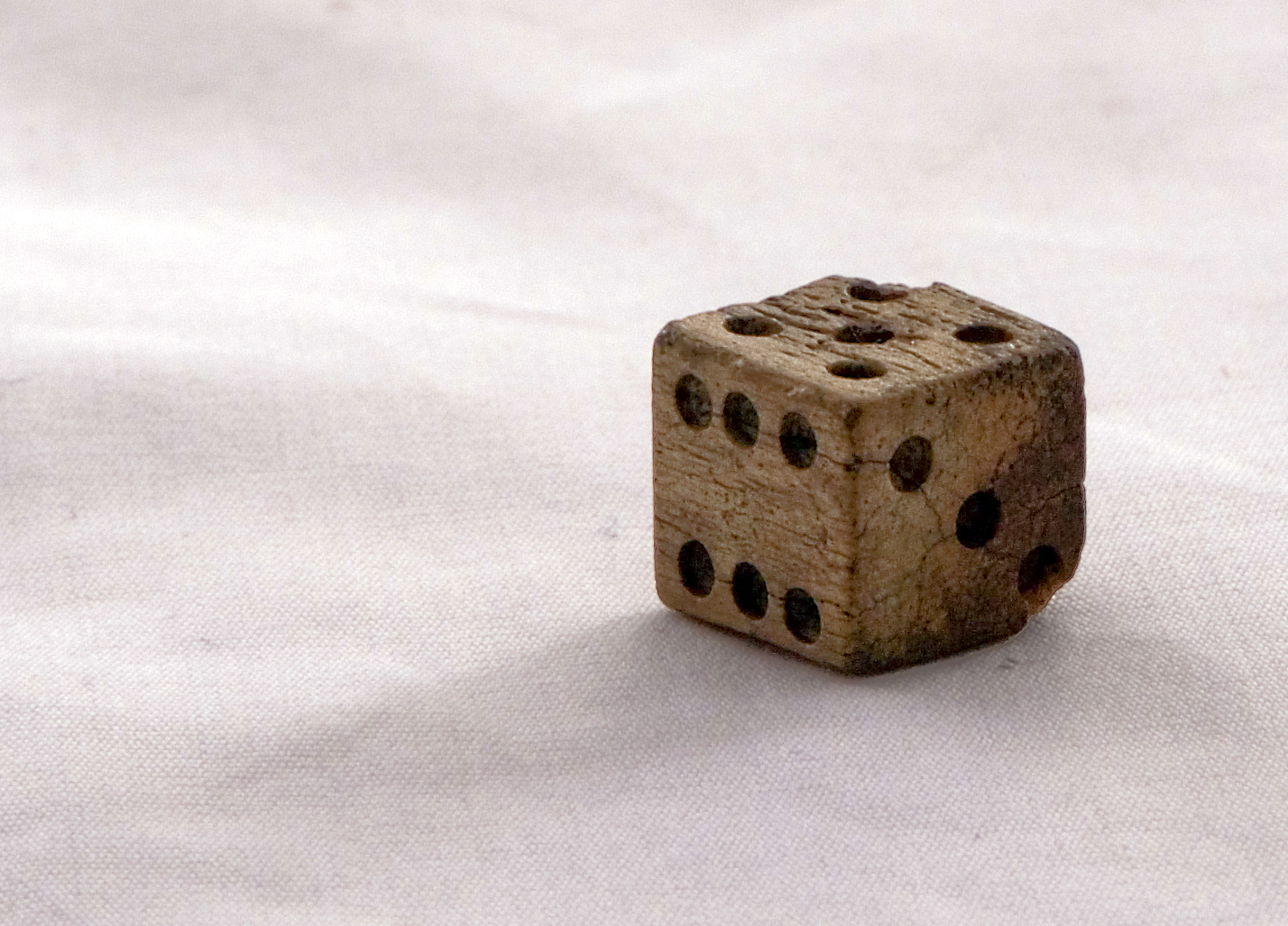Chiropractors perform spinal manipulations to ease tension on your joints and improve your range of motion. Your chiropractor will use various adjustment techniques to make your treatment successful. While there may be hundreds of adjustment methods chiropractic care experts can use, they apply some more than others, depending on the patient’s situation.
Table of Contents
What Are Chiropractic Adjustments?
Chiropractic adjustments are therapeutic manipulations that apply controlled force, direction, velocity, and amplitude to fix joint connections. These adjustments often come with a popping sound as air is released from the fluid around your joints.
Locked joints or misalignments can drastically reduce your range of motion and cause discomfort and health issues. Chiropractic adjustments help ease such problems to improve mobility and offer pain relief.
Your chiropractor will use an adjustment that fits your case for the best possible results. Here are seven common chiropractic adjustments.
Manual Adjustments
Manual adjustments are the foundation of chiropractic practice since they use hands to deliver treatment effectively. Performing a manual adjustment requires the expert to apply low amplitude, and high velocity thrusts to fix joint movement. Manual chiropractic adjustments are gentle, making them safe for patients of all ages.
There are three types of manual techniques:
1.Thompson’s Technique
Thompson’s technique, also known as the Thompson drop-table method, uses a chiropractic treatment table fitted with padded platforms and drop mechanisms. The patient drops as the practitioner applies thrust for proper adjustment.
2.Diversified Technique
The diversified technique utilizes hands-on thrusts to restore spinal disc alignment. Such adjustments focus on precision over the joint area to repair dysfunction and improve mobility.
3.Gonstead Technique
The Gonstead method focuses on restoring a patient’s maximum mobility by re-aligning the discs. Practitioners administer this treatment while the patient is sitting or lying on the side. The chiropractor’s hand goes over the lower back or pelvis to specifically target the point of focus.
Advanced (Instrumental) Adjustments
Aside from hand use in treatment, chiropractic experts can also use special instruments to perform adjustments. Instrumental adjustments often incorporate better precision over the target area and are more effective. There are a wide variety of chiropractic tools and methods used, depending on your situation.
Here are the most common instrumental adjustments:
4.Activator Method (Low Force)
The activator method uses a hand-held, spring-loaded mechanical instrument. This instrument delivers low amplitude and high velocity thrusts to help restore motion in joints or the targeted spinal vertebra. Practitioners use the activator as a treatment and diagnostics system for the different types of pain.
There are two main advantages of using the activator:
Device speed – The activator is quick in its action, so your body’s muscles will be less likely to resist treatment or become tense in response. Lack of resistance within the patient’s muscles during treatment can help improve the effectiveness of this method.
Localized force – The amount of force practitioners apply when using the activator does not add bending movement or torque to the surrounding vertebrae or joints. This means that the treatment has better precision in results.
5.ArthroStim
The ArthroStim technique uses a technological tool to adjust the spine and joints in the body. Practitioners can adjust the ArthroStim tool to fit specific patients’ conditions, making it a useful method for almost any patient.
Features of the ArthroStim tool include:
- Comfort trigger and cushioned handle for the practitioner
- Speed switch for responsive maneuvers
- Spring cushioned pressure-responsive stylus to tailor input for each individual
- Automatic fan for cooling the tool while in operation
- Variable amplitude knob to customize the thrust’s amplitude and match the needs of your application
6.Chiropractic Biophysics (CBP)
The Chiropractic Biophysics (CBP) method helps correct and restore spinal alignment to improve patients’ health and posture. CBP incorporates physics, physiology, anatomy, and biology to isolate what is causing your discomfort. This evidence-based method is then applied to aid with structural rehabilitation.
CBP reduces pressure on the vertebral discs and your nervous system by focusing on posture correction. Such pressure can cause deformed ligaments, disc decay, muscle spasms, and spinal stenosis if not treated.
7.Logan Basic Technique
Logan’s basic technique uses light pressure on soft-tissue therapies to relax tissues. This technique often treats muscles on the back and the pelvic area, improving balance and alleviating tension within the spine. Practitioners apply light pressure within the sacrum area to leverage the muscles surrounding it.
They can also use supplementary contacts to apply greater pressure to the target area. Since the technique is gentle but effective, practitioners use it mostly to help pregnant women manage pain throughout their term and labor.
Work with the Best Chiropractor
Chiropractic adjustments help release tension from the spine and joints, offering you physical relief. Practitioners use a range of methods to deliver treatment, but the choice of method depends on the patient’s specific condition. Work with your chiropractor to receive personalized care and enjoy long-term comfort.
Symptoms of Release of Toxic Substances
When your body goes through a toxic release, even though most people don’t, symptoms include fatigue, headaches, night sweats, tense muscles, and cold and flu-like symptoms. Feeling tired is also common after a chiropractic adjustment as your body adjusts to the way your nervous system responds to the treatment. By the time your spine and joints are back in alignment, your nervous system will likely be congested with subluxations. After adjusting, your nerves will function properly, which may tire the body at first because it is away from it for a long time.
Toxic Release
All over the course of the day, your body is responding to compound signs between the spinal string and the mind. At the point when that energy stream is upset because of subluxations, that activity dials back. Getting those blockages and returning the legitimate stream free from energy brings about a change period for the body, which can make it feel drained and, surprisingly, debilitated.
Consider it along these lines: envision your sensory system is a nursery hose. At the point when the hose has a wrinkle, the water gets upheld and can’t stream as expected. A similar thought applies to your sensory system. On the off chance that there is a subluxation in your spine, it blocks correspondence and energy stream while making pressure develop. That tension can bring about a wide range of illnesses, from persistent issues to cerebral pains. At the point when spinal controls discharge that strain, the new progression of energy causes those cool like side effects. Fortunately poisonous delivery doesn’t keep going long and it shows chiropractic changes are working.











